Published November 17, 2018 (moneycontrol.com), by Tasmayee Laha Roy
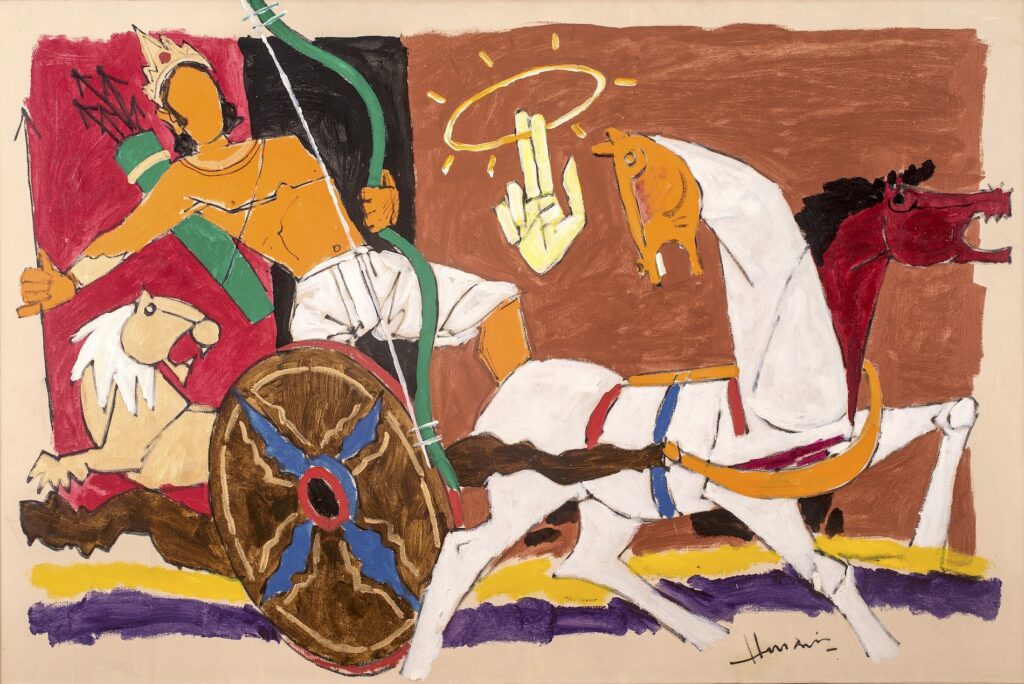

In a bid to make the deals lucrative for the buyers, Artiana’s finance arm is offering an installment scheme which allows buyers to pay for an artwork in installments ranging from 3 months to 24 months.
Known for their luxury collectibles, UAE’s Artiana is all set to bring to the international market some of the unseen works of Indian artist Maqbool Fida Husain during their December auction.
With 50 works on display in the online auction, the range will offer works of modern and contemporary artists from the Indian subcontinent including a suite of Company School paintings.
The highlights of the auction are MF Husain’s canvas from the 1980s titled ‘Arjun and Sudarshan Chakra’ and another work, ‘A Magician Dangles the Fortune Bird in a Cage’ from the seminal Lost Continent series. Both the works are new to the market for art connoisseurs. The other important works from prominent artists include SH Raza’s 1998 work ‘Prakriti’ and ‘Srijan’ from 2007 and FN Souza’s ‘Profile’ and ‘Red Houses with Front Garden’ from 1957.
Some other artists on display include Jogen Chowdhury, Jamil Naqsh and Zarina Hashmi among others.
While the ten Company School paintings are all priced at a base bid under $1000, the other works have a range of starting bids between $6000 and $2,60,000.
“The costliest of the lot is Husain’s Arjun and Sudarshan Chakra which is a 40inch x 60 inch acrylic on canvas and has the potential to sell for anything between $300000 and $500000. This is followed by one of his other works -A Magician Dangles the Fortune Bird in a Cage which is an oil on canvas painted in 2005. The starting bid for the same is $1,80,000 and has the potential to sell for anything between $2,00,000 and $3,00,000,” said Lavesh Jagasia, founder of Artiana.
In a bid to make the deals lucrative for the buyers, Artiana’s finance arm is also offering an installment scheme which allows buyers to pay for artwork in installments ranging from 3 months to 24 months at a service charge of 1 percent a month after paying 20 percent of the price as a down payment.
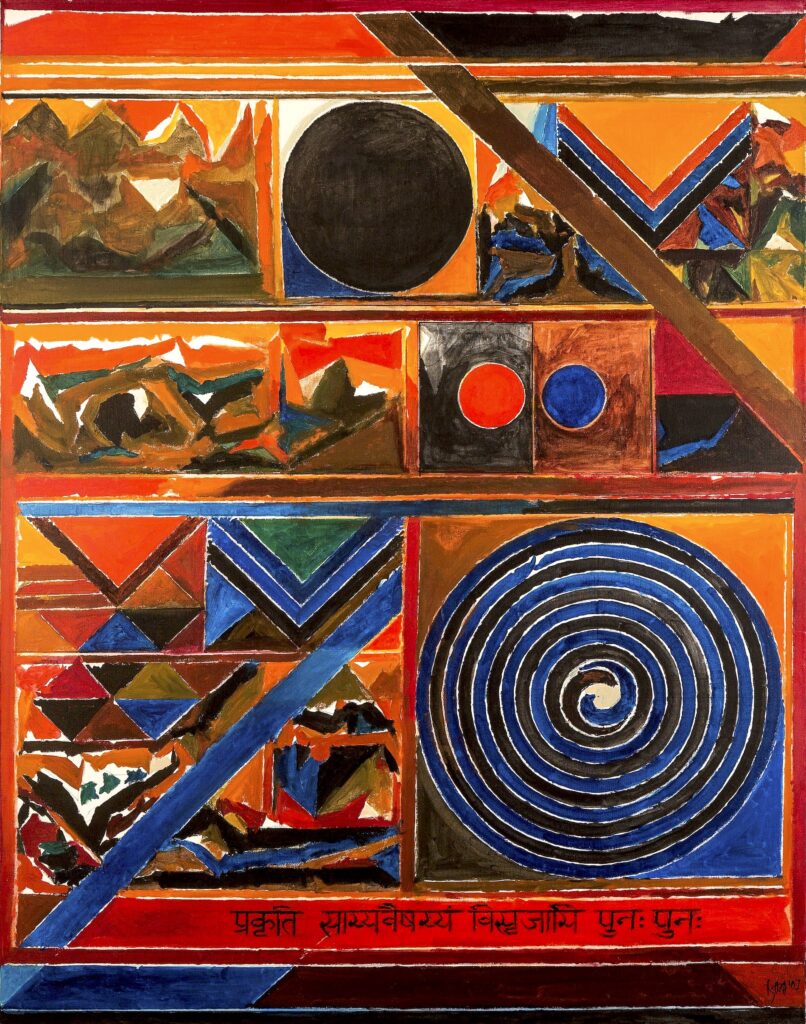


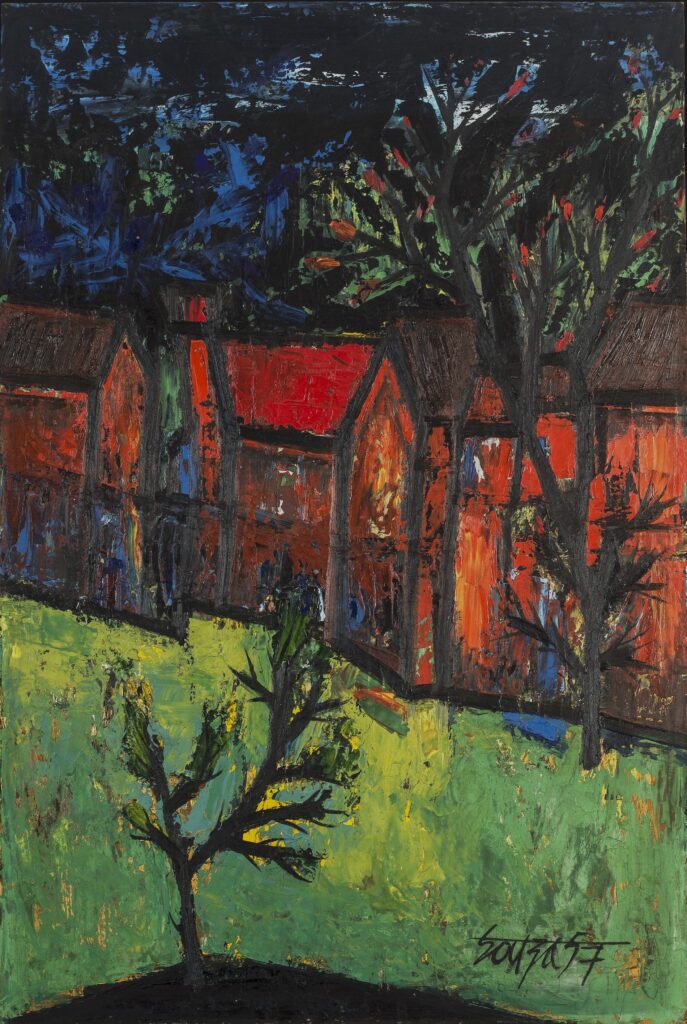
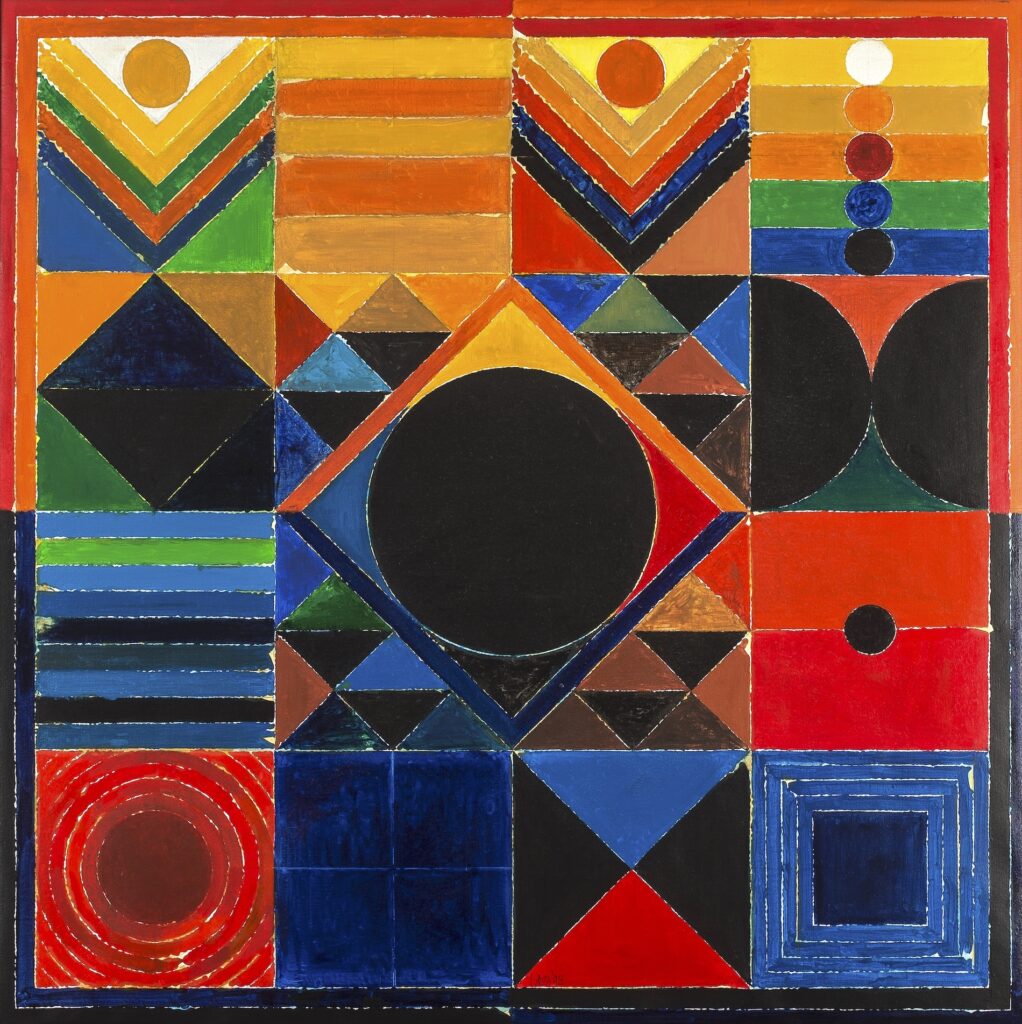


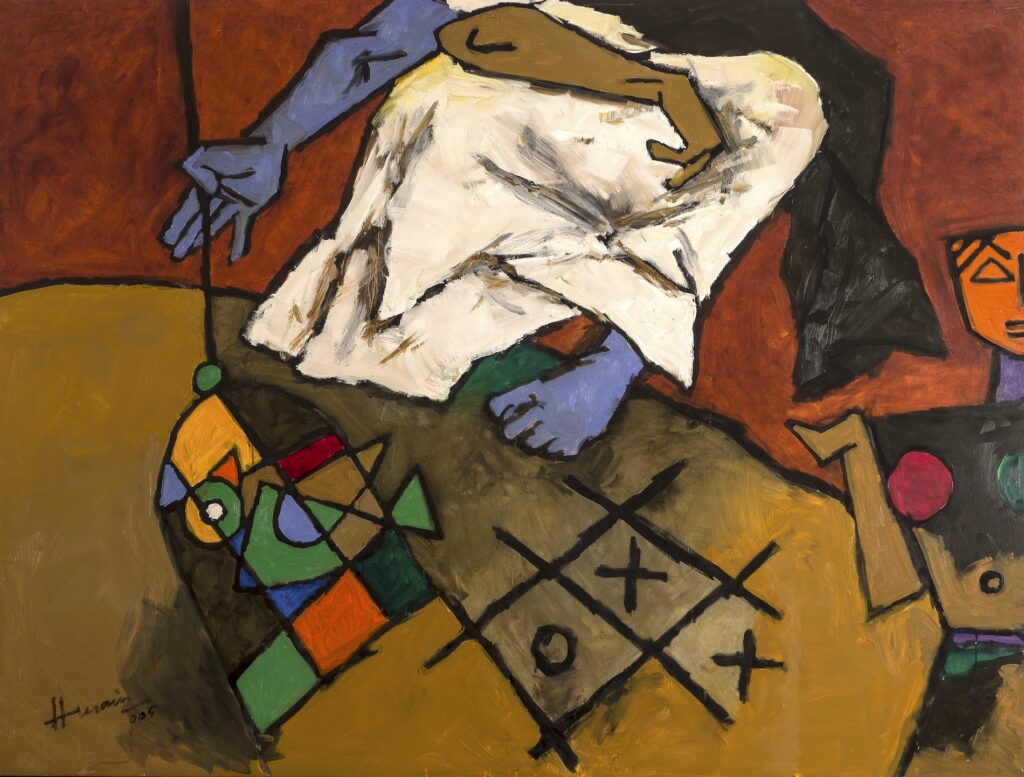

 Company Painting – Brahmin with a water pot- Tanjore, c.1850 – gouache on paper – 18 x 11.1 cm (painting) – Lot 3
Company Painting – Brahmin with a water pot- Tanjore, c.1850 – gouache on paper – 18 x 11.1 cm (painting) – Lot 3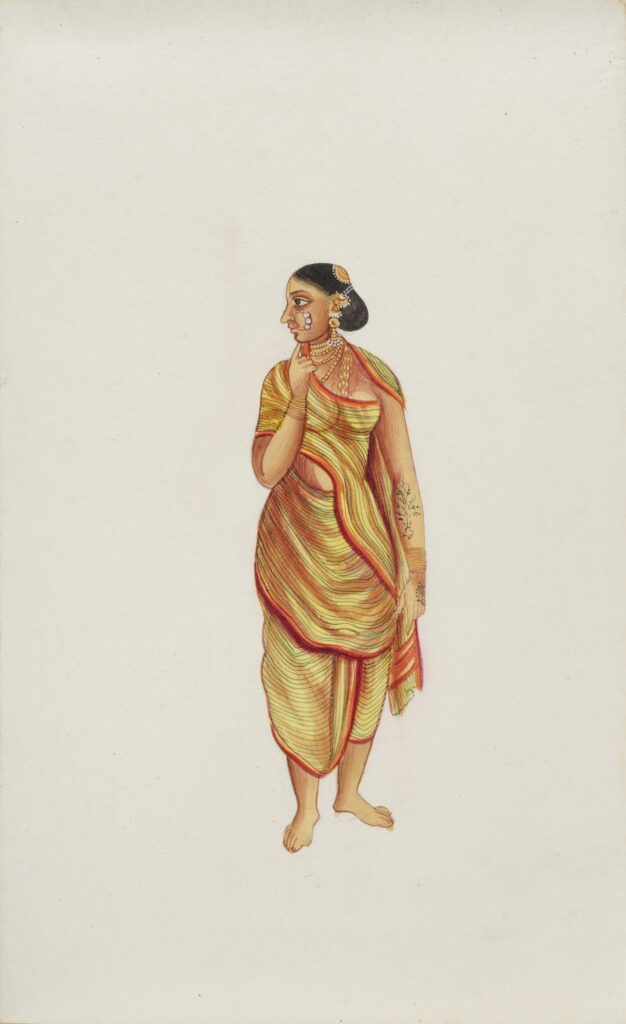



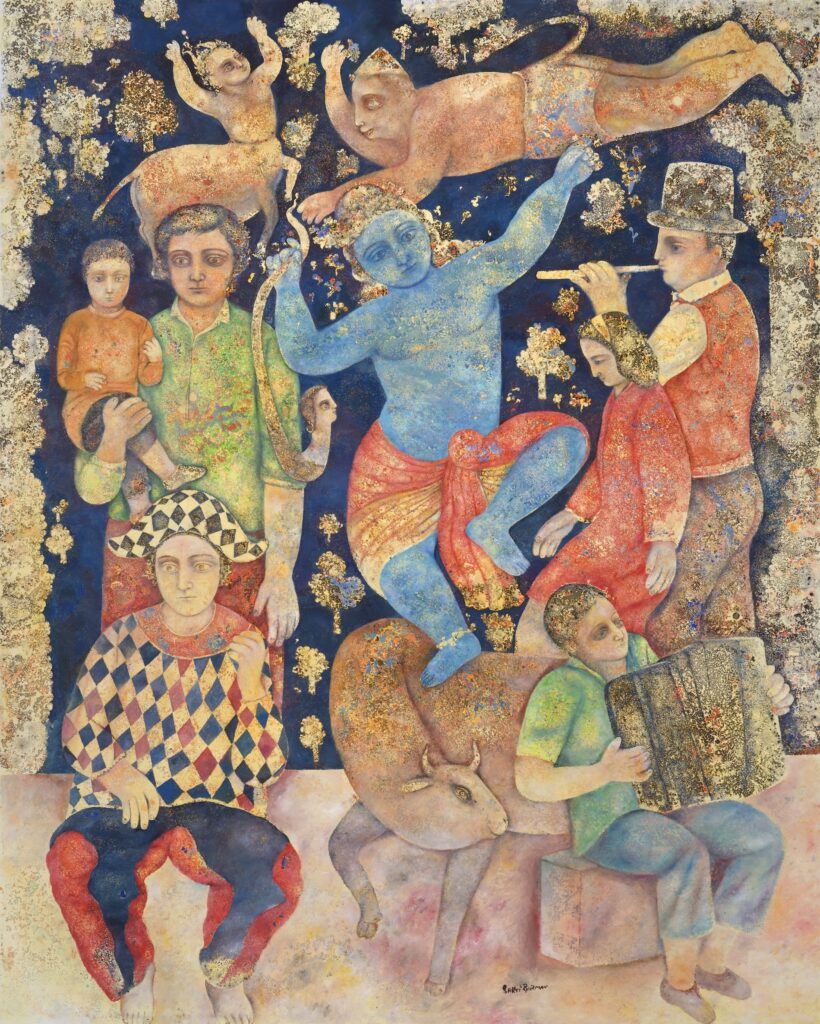 Sakti Burman – ‘Musicians Playing for Krishna’ – 2015 – Oil on canvas – 63.8 x 51.2 in. (162 x 130 cm.) – Lot 41
Sakti Burman – ‘Musicians Playing for Krishna’ – 2015 – Oil on canvas – 63.8 x 51.2 in. (162 x 130 cm.) – Lot 41
